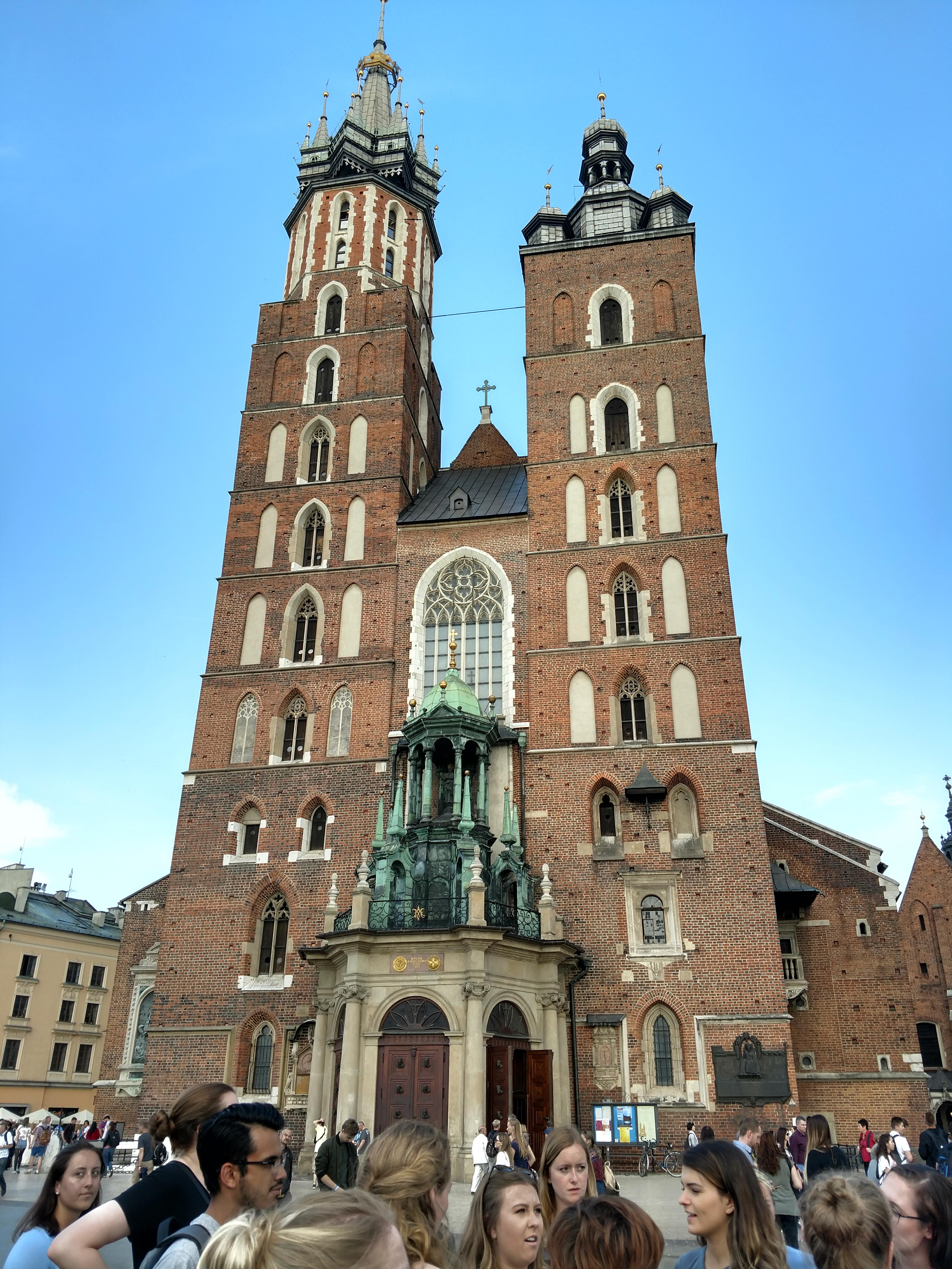Our three days in Poland was the first time I have ever been in a country where I did not understand one bit of the language. It was a very humbling experience because even our best attempts to say thank you were met with blank stares or reactions as if we just insulted their mother. The weird thing is, however, that there wasn’t a language barrier. Almost everyone I interacted with at restaurants or museums or shops spoke some measure of English and certainly more than enough to get business done. This was super convenient, as I didn’t have to wage the war of miming out what I had to say or anything else we might see in the movies, but I did feel weird about it. I think its because I know that most foreign visitors in the US would not get the same experience that I had. In the US, there almost seems to be an expectation that everyone visiting or living there must be able to speak our language, but the expectations of Americans abroad is that everyone will still speak English. In that respect, Americans are the spoiled children of the international travel community. I didn’t even hesitate to use English in my interactions because I just hoped that they would understand and getting confirmation that the Poles in Krakow speak English over and over from different people just reinforced that behavior. By the end of the last night, I wasn’t even attempting to say thank you in Polish (its pronounced “jin-koo-yah” by the way) to the waiters because I just knew they would understand.
My cultural guilt aside, the lack of a language barrier makes Krakow a great place for English speakers to visit. There is a very rich history in the area, and a lot of it lay just inside the city. The Old Town area is a UNESCO Heritage site dating back to the 11th century and has all of the tourist trap restaurants and shops that you could ever want. The food is amazing and features a lot of perogies, sausage, and cabbage. The best part of all is that the currency exchange rate is very much in favor of the US dollar, making a lot of what you do, see, and eat very cheap.
The area around Krakow is also very important to World War II history. When Nazi Germany invaded Poland in 1939, they instituted a regime that persecuted Poles, Roma, and most of all, Polish Jews. Dedicated to telling the Polish wartime experience, the Oskar Schindler museum uses original photographs, personal stories, and general history to give visitors a picture of how the Germans persecuted Poles during the occupation. I thought the museum did an exceptional job in addressing the subject matter, but I am still not sure how I feel about the location of the museum, which is Oskar Schindler’s enamel factory, where he saved the lives of close to 1,200 Jews during World War II. The museum may have some information on the persecution of the Polish Jews by the Germans, but the main focus of the museum is the persecution of the Poles as an ethnic group. As such, placing the museum in a site that is very prominent in the Jewish experience of World War II almost feels like the city of Krakow is attempting to elevate the suffering of the Poles under German occupation to the same level of that of the Jews. This is not the case at the most powerful museum that I have been to on this trip, Auschwitz-Birkenau. The size of both camps in absolutely astounding and horrifying. The group that organized the museum has done a great job in giving the unvarnished truth of the camps through their guided tours. Words fail to describe Auschwitz.
The pictures in this post are of cathedrals near the center of the city in the heart of Old Town. Not too many other pictures came out of Poland because of the gravity of the topics we discussed in Poland.


